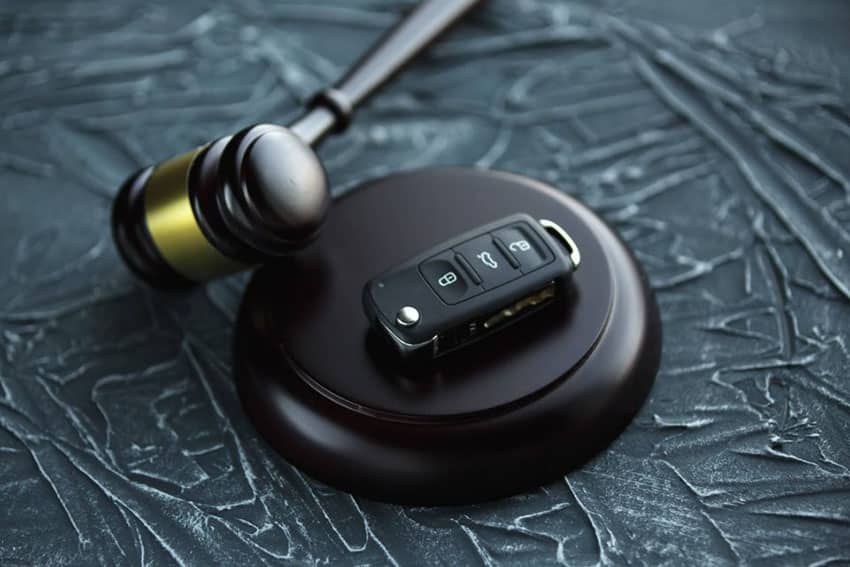New York DWI Arrest and Arraignment Process
If you or a loved one has been charged with a DWI, it can be a very daunting experience full of unanswered questions. What happens after the DWI arrest? What happens at the court date written on my ticket? Will I keep my license? The following information will provide you with a better understanding of what takes place after a DWI arrest. You are not alone or the first to feel this way.
A motorist accused of DWI is first arrested, then booked into the criminal justice system and held in custody until all or most of the police officer’s required arrest paperwork is completed. At this point, some police agencies may set preliminary bail, which must be paid before the motorist is released from custody. Shortly before a motorist is released, a court date will be set and the police will usually provide one or more pieces of paper commanding the motorist to appear in court at a certain place and time to be arraigned. On occasion, the arraignment may occur directly after the arrest.
The first courtroom proceeding is known as the arraignment. The accused will be called before a criminal court judge, who will then do the following.
1. Refer to the accused as the defendant. The judge will provide the defendant with copies of the charges against him or her, read the charges to the defendant, and sometimes read the defendant’s rights to him or her (e.g. informing the defendant that he or she has the right to plead guilty or not guilty, to have an attorney present with him or her at all stages of the proceedings, to require a prosecutor to prove that the defendant committed the offenses beyond a reasonable doubt at trial, etc.).
2. Ask the defendant if he or she has an attorney, or, in the event the defendant cannot afford one, if he or she would like a court-appointed attorney.
3. Ask the defendant how he or she wishes to plead to the charges. An answer of guilty or not guilty must be provided at this point. If an attorney is not present with the defendant at this point, or the defendant fails or refuses to answer the question, or is conscious but unable to answer the question, many courts will simply enter a not guilty plea on the defendant’s behalf and set a future court date to give the defendant time to either retain an attorney or decide how to proceed going forward.
4. Decide whether or not to set bail, or whether any preliminary bail amount set by the police should be changed.
5. Confiscate the motorist’s driver’s license (i.e. if the motorist has one and he or she is licensed in New York State) and suspend the motorist’s New York State driving privileges. If the motorist has refused a BAC test, the judge will schedule a DMV administrative hearing to determine if the motorist’s privileges should be revoked for refusing the test.
6. Schedule a future date and time for further proceedings regarding the case. The judge will specify what the reason is for the next court appearance. These reasons may include a preliminary hearing, a pre-trial conference, pre-trial motions, or trial.
Arraignment is a critical stage in the legal process, and it is important that you are represented by an attorney. Even if your attorney for some reason cannot be physically present for the arraignment, they can still instruct you on what to expect at that specific court and/or contact the court ahead of time to inform them of your representation, as well as provide instructions for proceeding in your attorney’s temporary absence.
Our team at DWI Team Defense Attorneys is experienced in representing and counseling motorists accused of DWI through all stages of their legal proceedings. Do not hesitate, contact us today.











